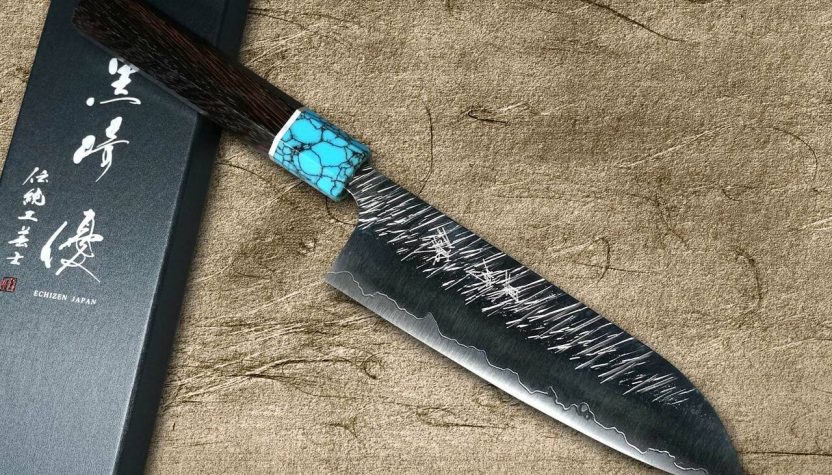The beauty of dining not only comes solely from the tastes and the final flavors that blend into bliss, happiness, and utmost satisfaction. A great dining experience and the beauty of consumption itself has awakened and introduced food lovers the chance and opportunity to learn more about the culinary processes each magical dish goes through. Although it may sound unseeingly possible to some, gourmets believe there is one particular cuisine that perfectly explains itself and expresses its beauty through ingredient selection, placement of components, mastery of culinary skills, styling, and the use of culinary equipment.
If you’re into the Japanese delicacies like ‘Sashimi’, a fan of Sake (Salmon), Chutoro, Otoro, and Akami, then you would probably know of its complex, yet delicate intricacy that turns the heads of cordon bleus with extraordinary combinations of fine quality ingredients. Japanese food aesthetics is also known for the selection of vivid-colored components that play a part in the introduction of Japanese food to the rest of the world, particularly in the West.
Despite the famed Japanese dishes like Sukiyaki, Yakitori, Soba, Udon, Ramen, and Kaiseki courses, the world is in awe of the unique, original blend of divine flavors – an authentic combination of subtleness raw slices of fresh, orange-colored Salmon sashimi gladly offers. As sushi and sashimi dishes require the mastery of the higher-leveled culinary techniques and skills to cut through accurate slices of the latter mentioned meat, Japanese food diners are well aware of what they would love to look for in each and every dish, of this includes each dining experience worth the try.
Traditional Japanese dishes like sushi and sashimi requires the mastery of the blades. Here, we are referring to ‘Japanese knives’.
These special knives or cutlery are made with top-tier quality materials in Japan to become just the finest of cutlery, in hopes to aid Japanese food chefs and culinary professionals in their food-making processes. Accurate chops, perfect slices, and skillful cuts are what makes sushi and sashimi dishes ‘exceptional’ and ‘outstanding’. With this being a challenge for all chefs, Japanese knives are forged to aid users in their cooking journey – and be a part of the process to craft premium quality culinary art pieces.
Although there are a plenty of Japanese knife brands out there in the current market of cutlery, culinary experts and those in the Japanese food industry know well where to grab their blade companions – Yu Kurosaki is indeed among the first options that come to mind. Yu Kurosaki knives are forged with creativity and passionate dedication seen through unique designs and fine quality handle materials. Blades forged by Yu Kurosaki and his skilled blacksmiths guarantee users, specifically professionals, high-end steel quality, blade sharpness, edge retention, rust resistance, and durability – which are all the important aspects to look for in a great knife.
When it comes to the selection of a great Japanese knife for various uses in the kitchen, users often think of a Gyuto knife. Similar to that of a multi-purpose knife, Yu Kurosaki SPG2 Clad FUJIN WA WGTCA Japanese Chef’s Gyuto Knife with Blue Turquoise & Wenge Handle (180 mm) is among Yu Kurosaki’s best knife selections. With its unique ‘FUJIN’ hammered texture, this is indeed among the best blades that expresses the Japanese traditions, depicting a Japanese God, ‘The God of the Wind’.
This Gyuto knife is a double-edged blade made out of the Super Gold 2 steel and an octagonal-shaped Wenge wood with turquoise ferrule. Its blade length of 180 mm is indeed making it a perfect knife for multi-tasks and for left- and right-hand users – just the right length to provide comfort during usage. With all the pros, this is definitely among Yu Kurosaki’s best-selling knife models indeed worth the keep.
